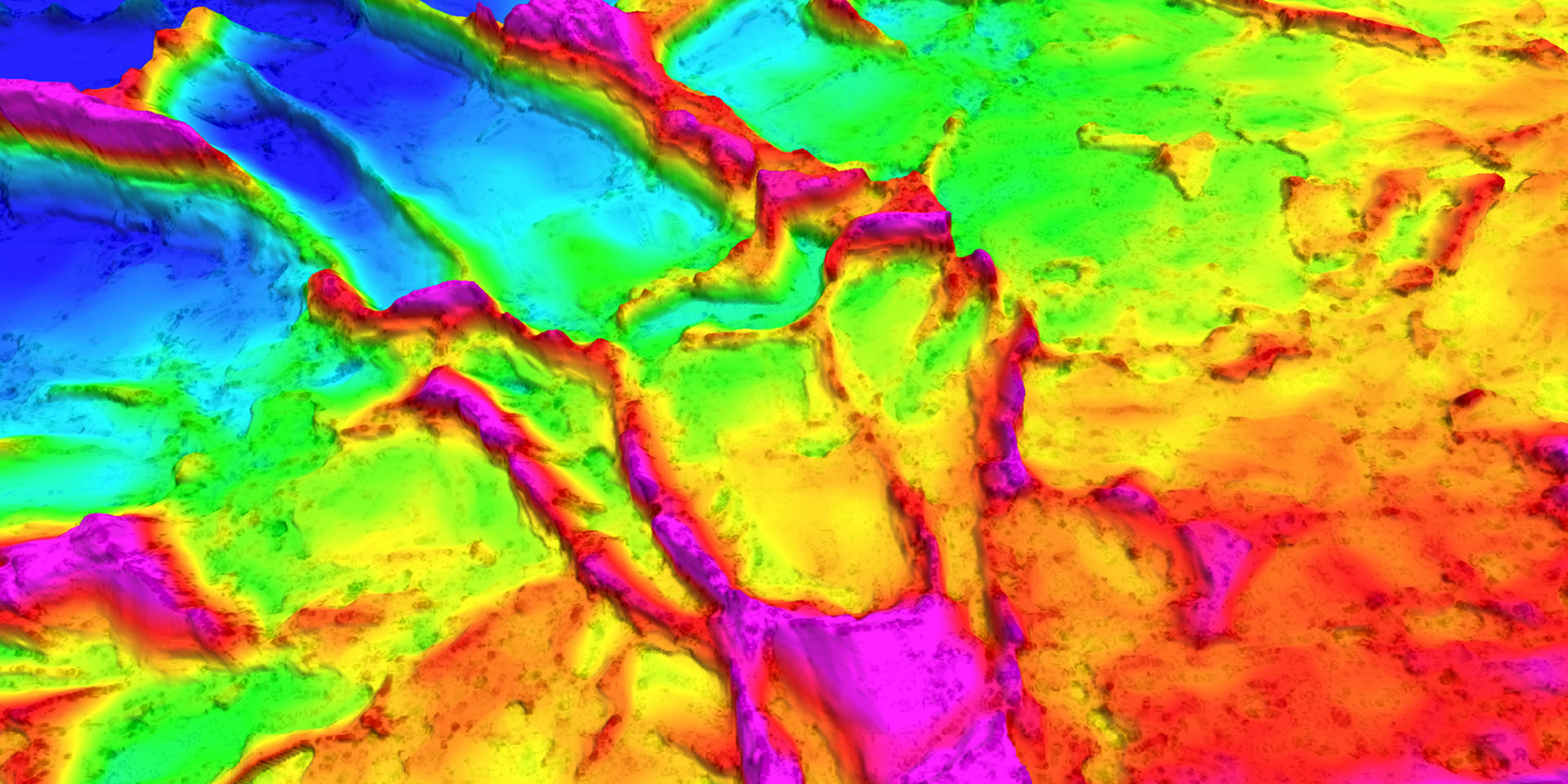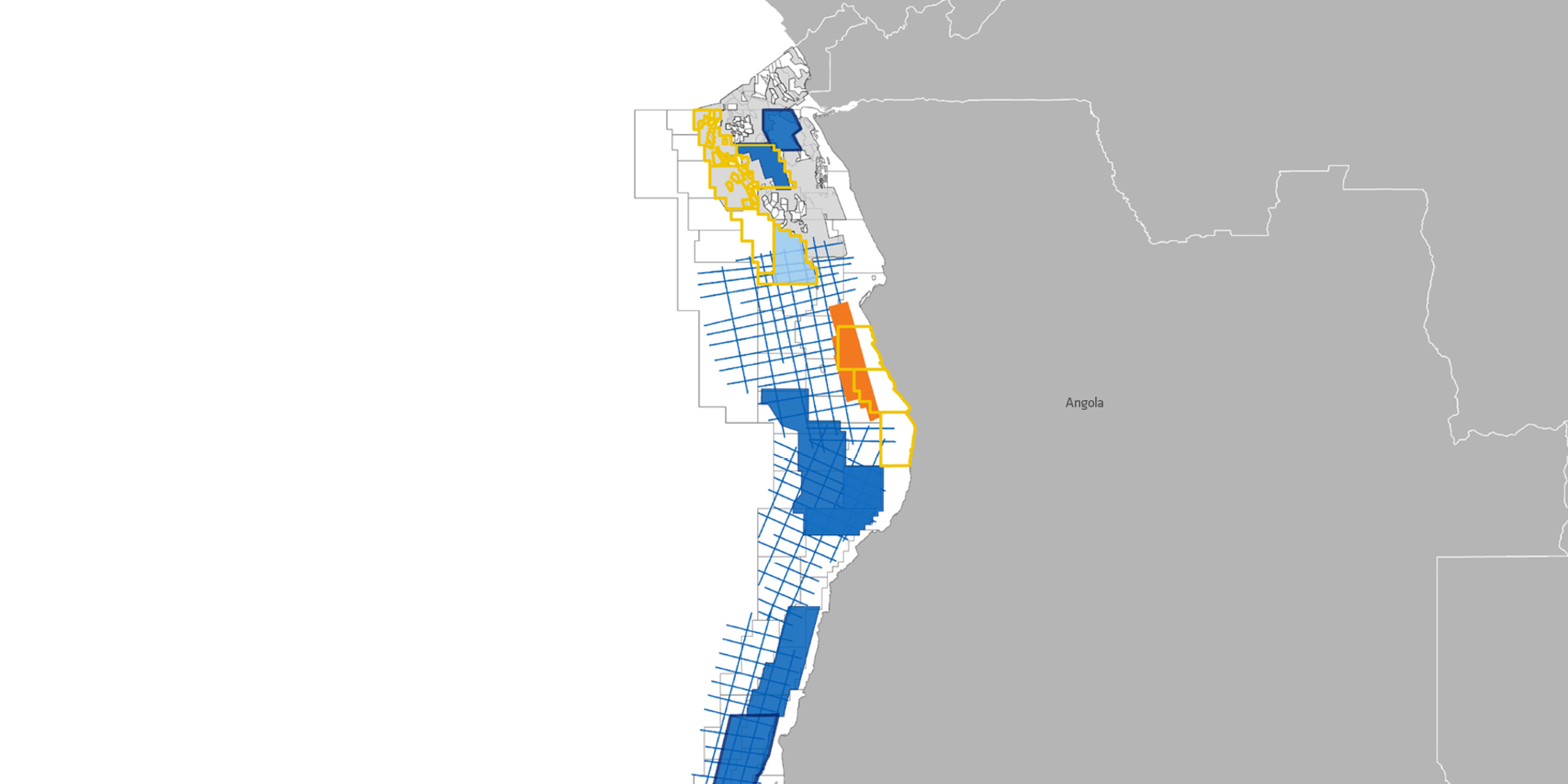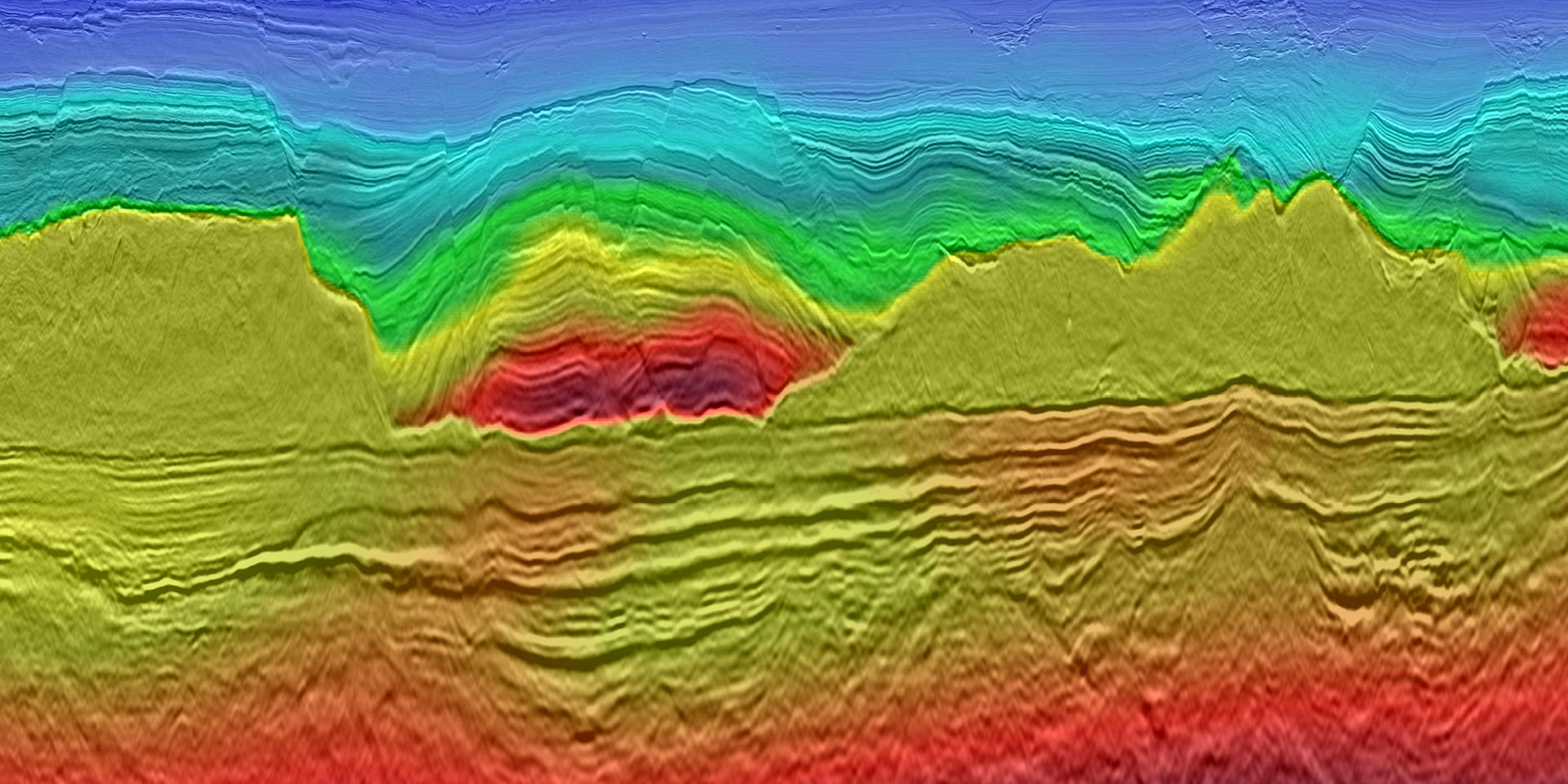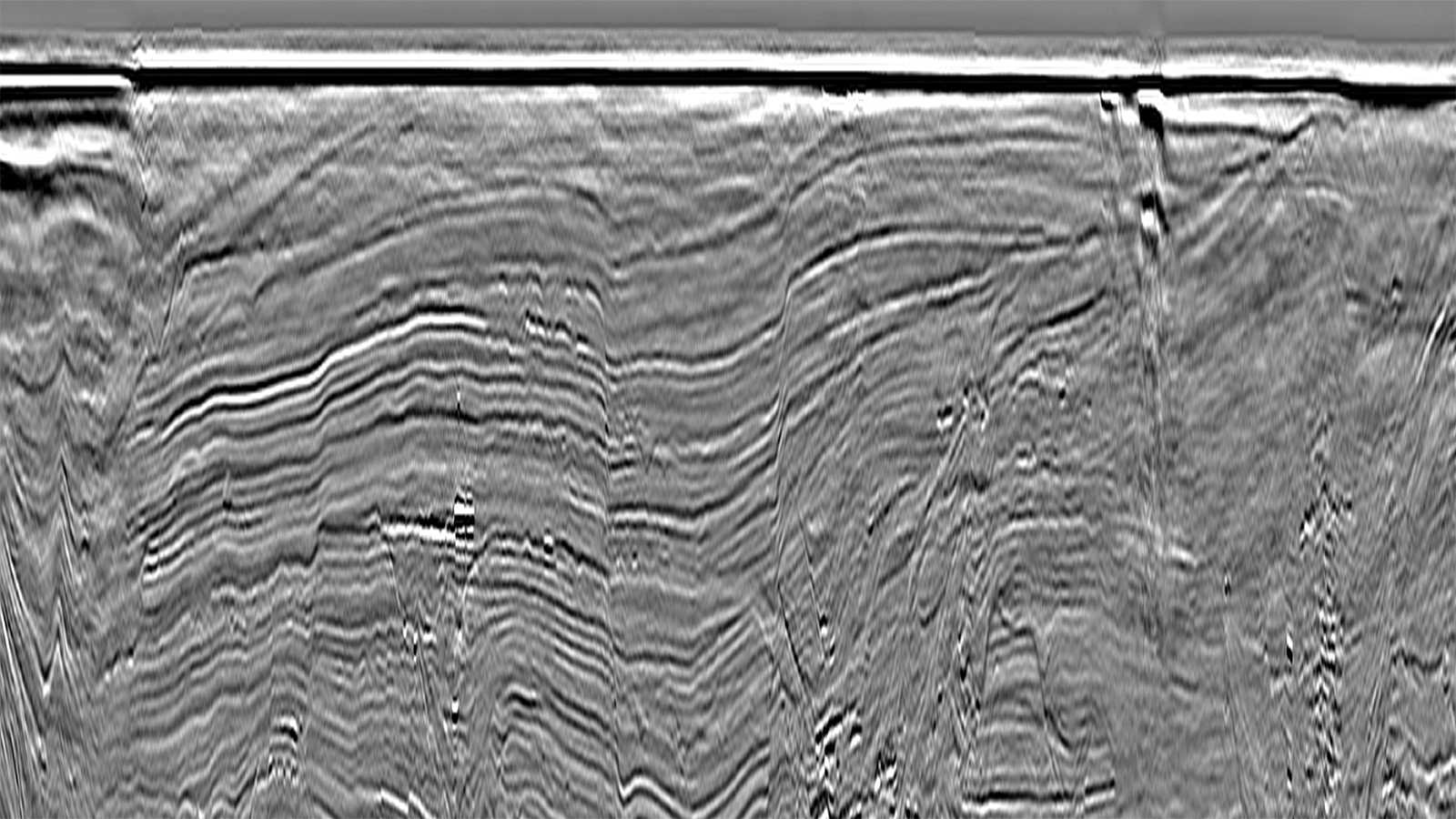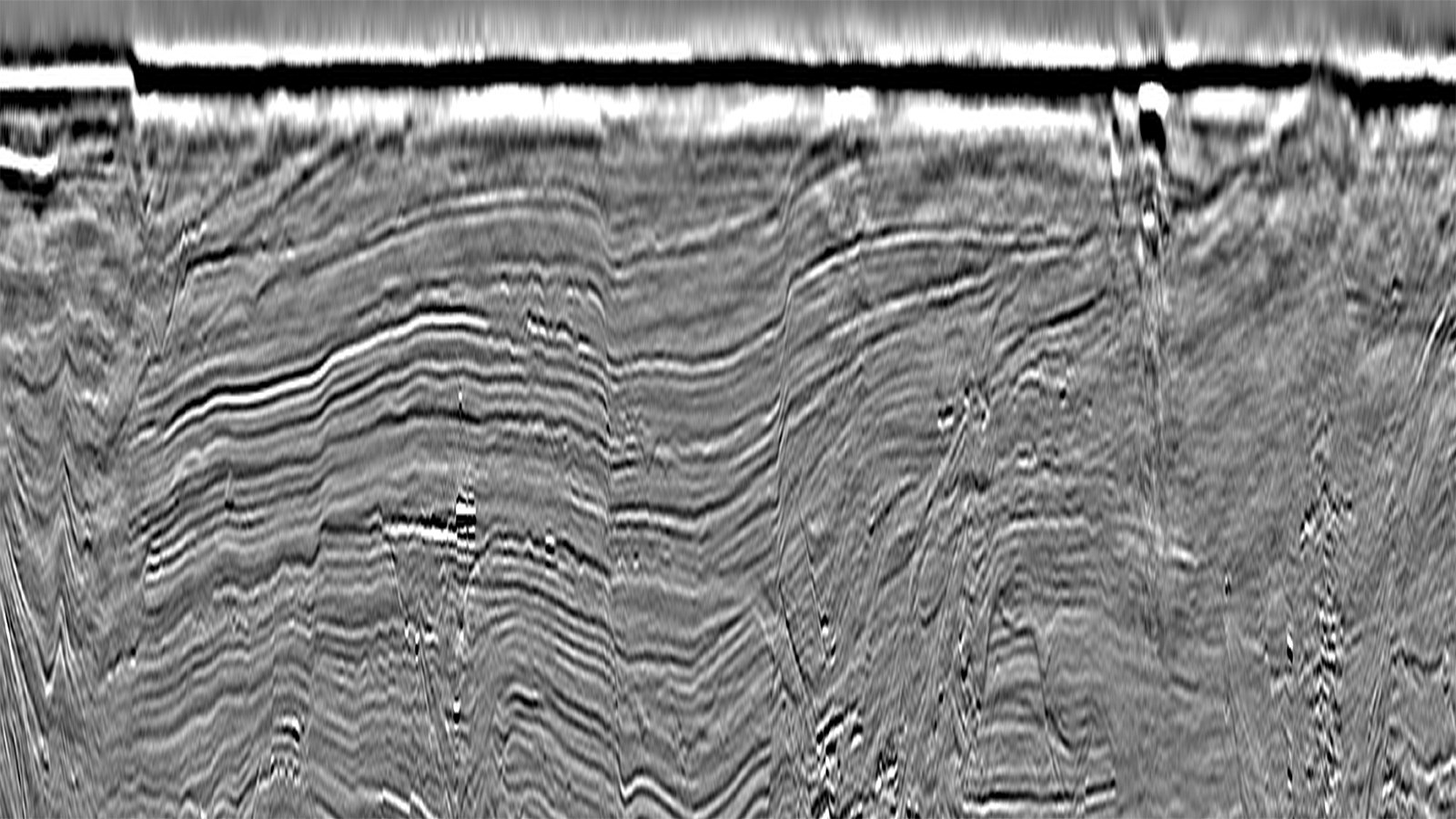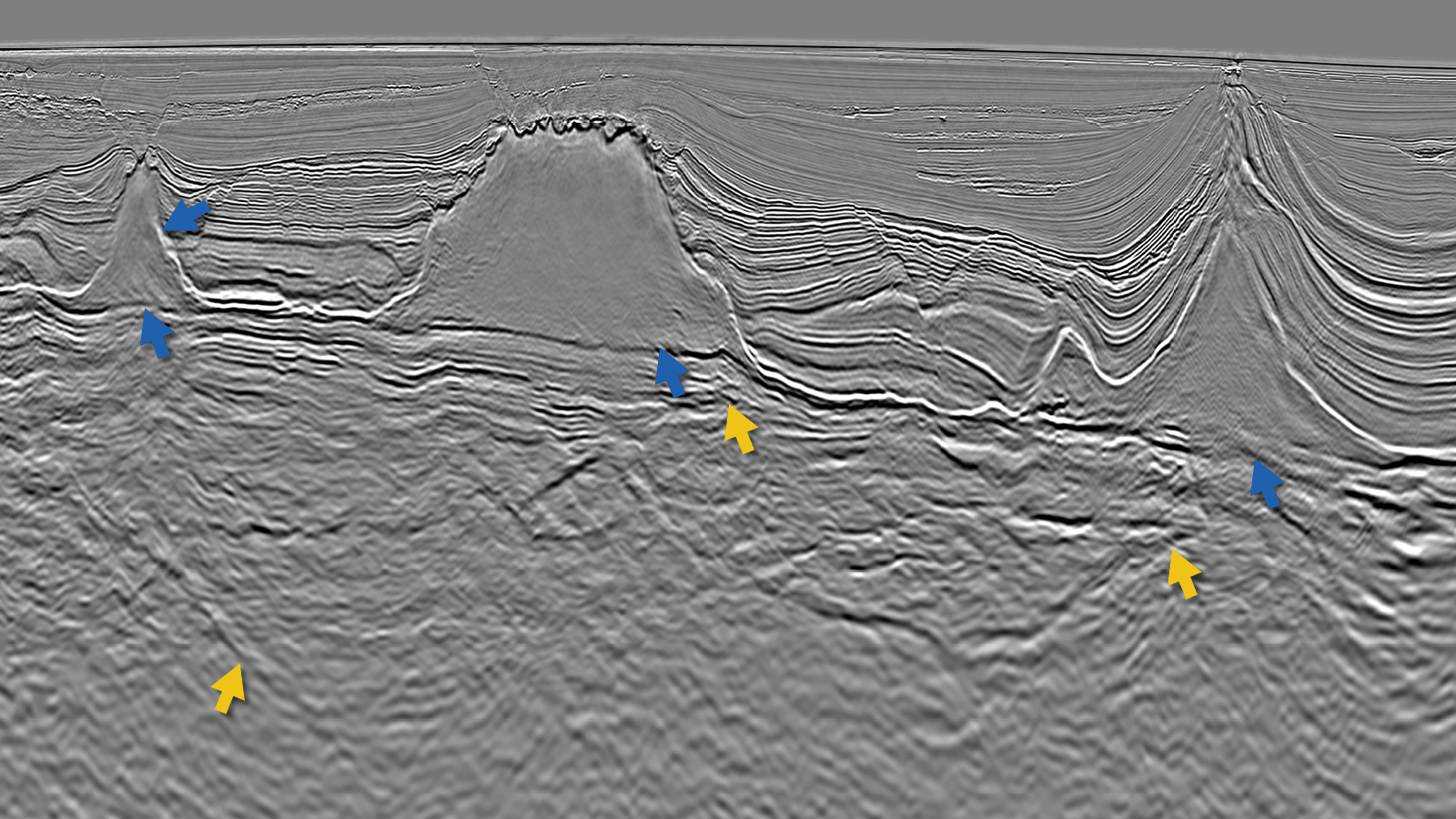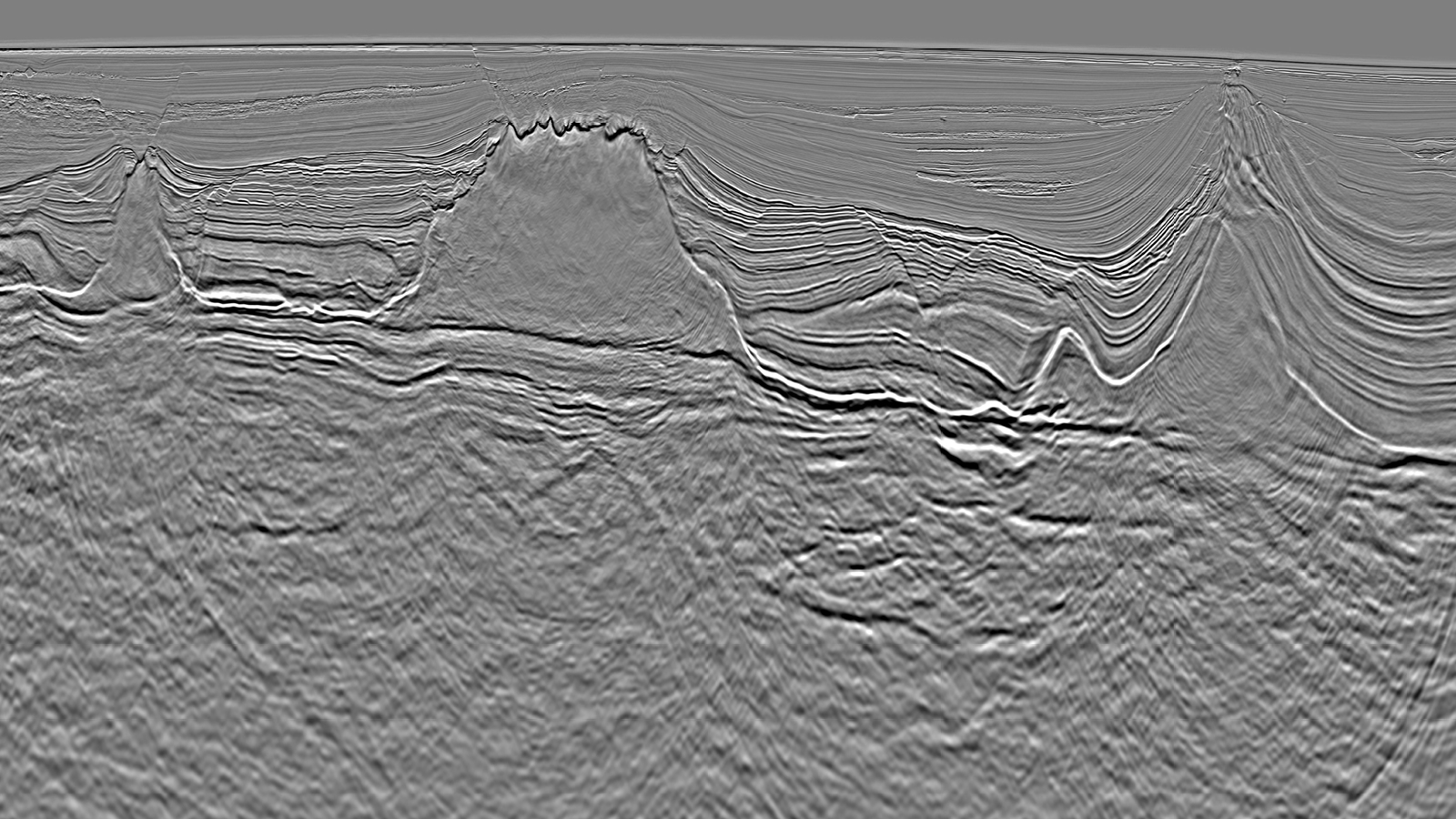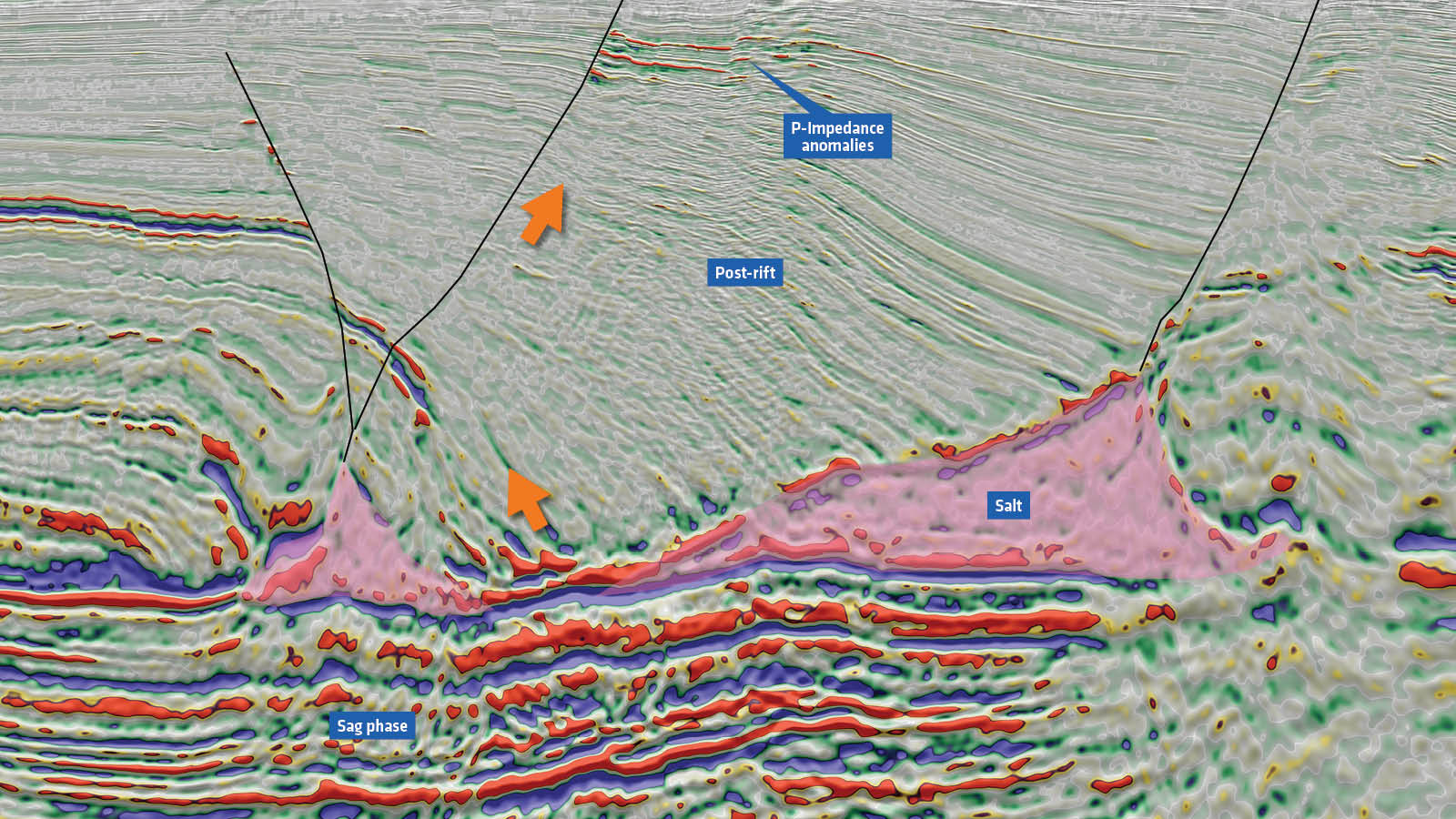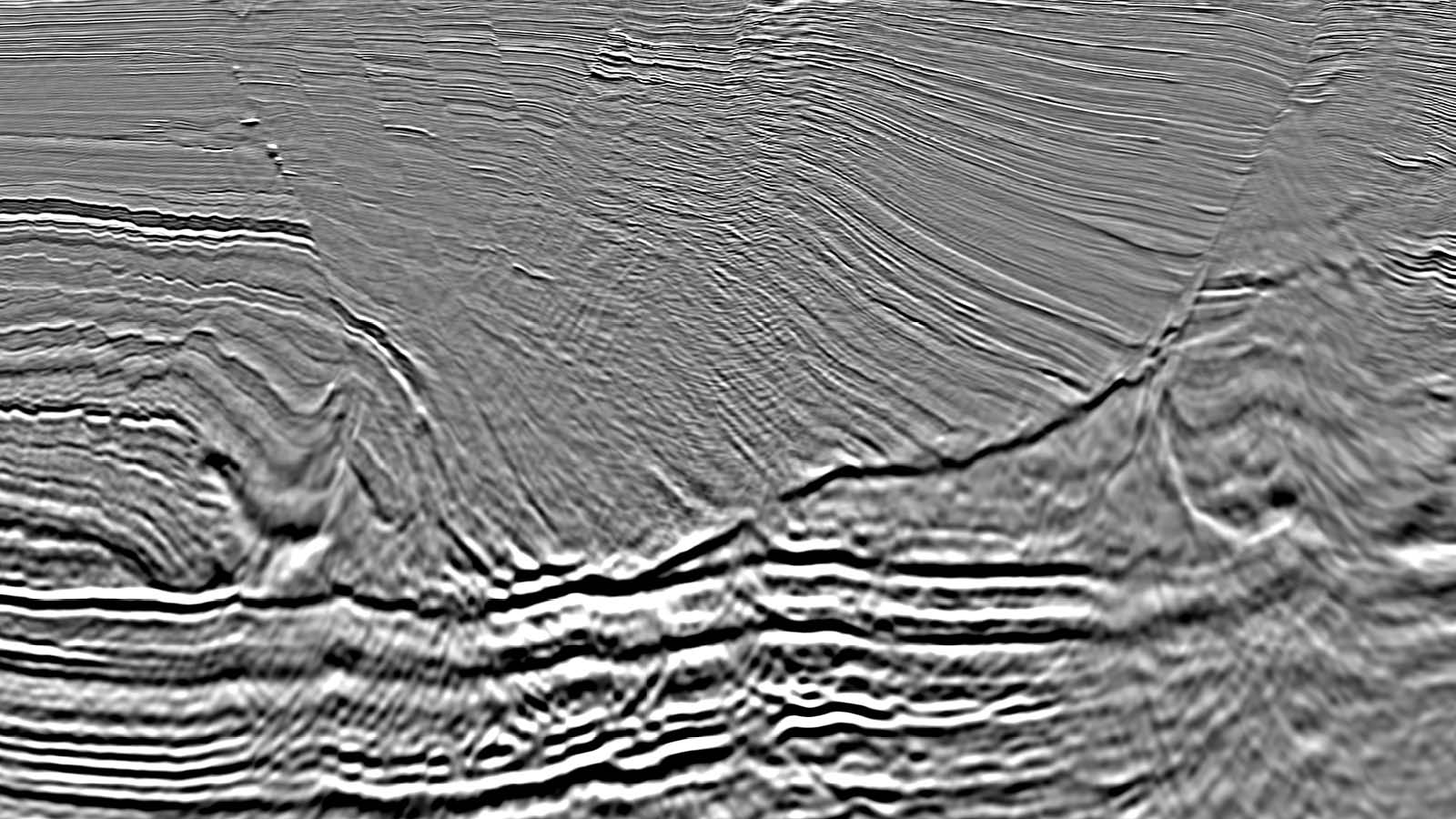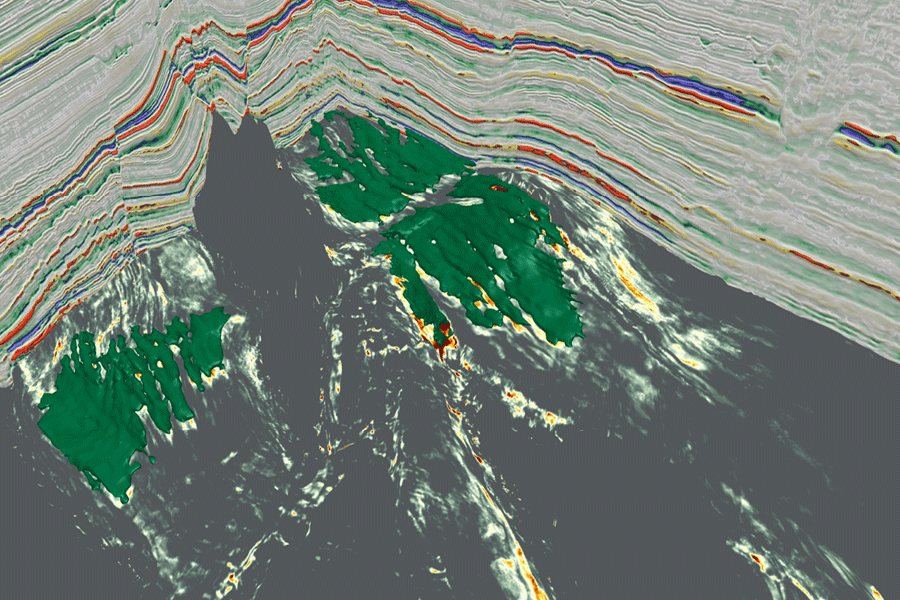Challenge
The historical absence of high-quality seismic data over the Kwanza Shelf has presented a significant challenge to recent hydrocarbon exploration efforts. With proven plays encountered in the syn-rift, sag phase, and post-rift sections, clearer imaging of presalt stratigraphy and structure is needed to unlock prospectivity. Complex geometries associated with the overlying Loeme Salt Formation require detailed velocity model building to create an accurate presalt image.
